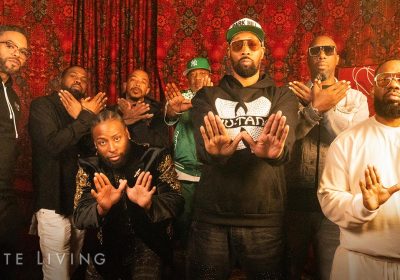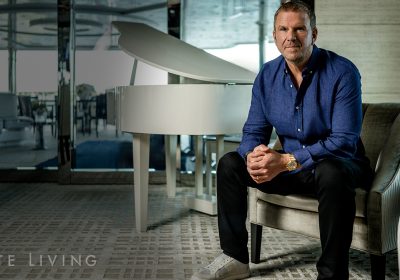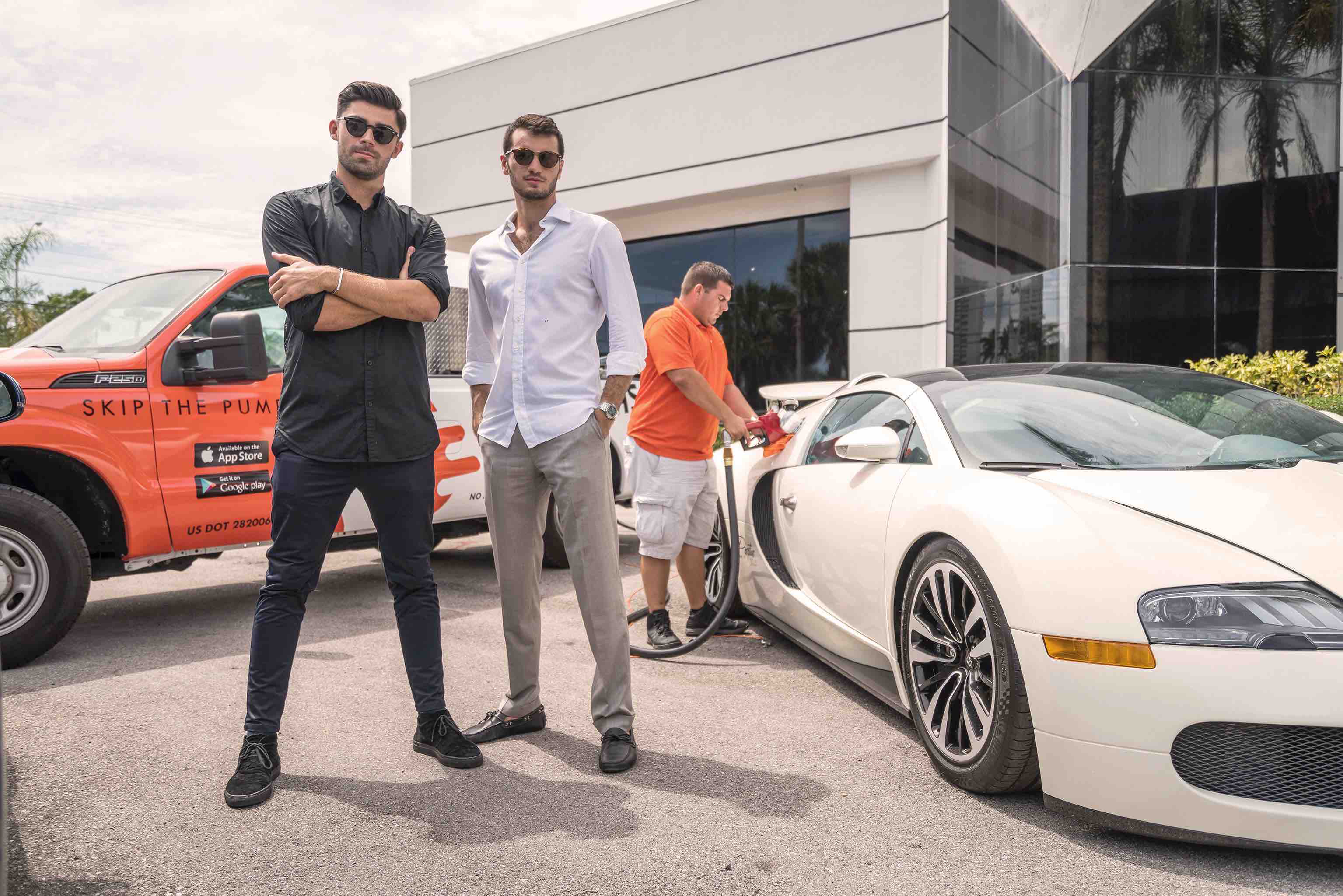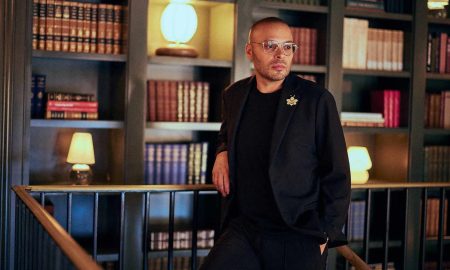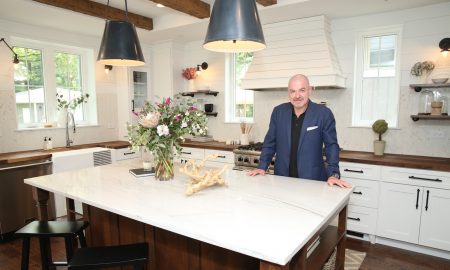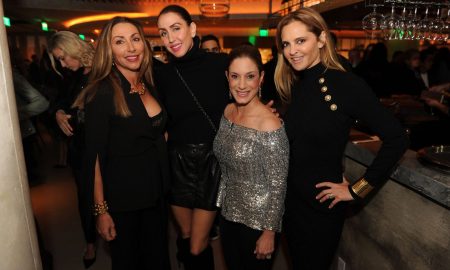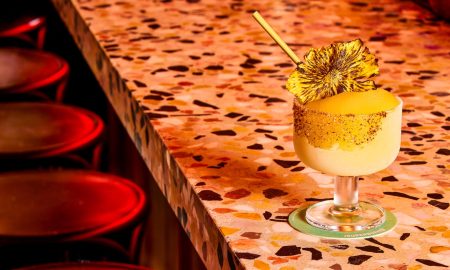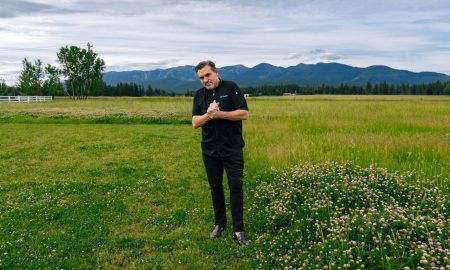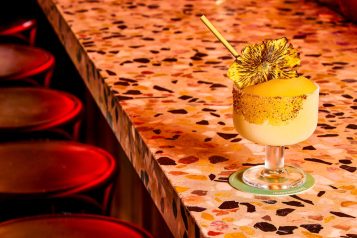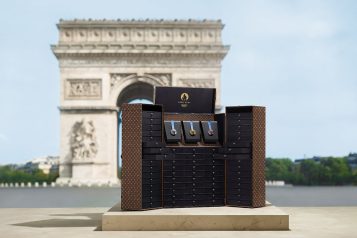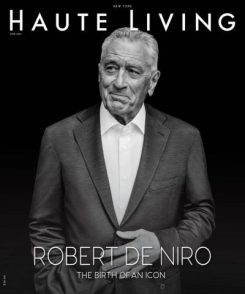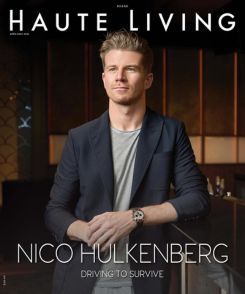Miami locals Brandon Timinsky and Barret Hammond are the brains behind GasNinjas, an on-demand fueling service recently acquired by Silicon Valley’s Exajoule in a multi-million dollar deal of cash & stock. In the wake of the company’s exciting acquisition, Haute Living sat down with the young entrepreneur and co-founder Brandon Timinsky to find out more about the app, its development, and life in Miami.
HL: What did you do before GasNinjas?
BT: As a kid, I taught myself how to build websites – I started my first online business at just 15 years old. It was a social media promotion service for building your following on Twitter. The business went viral. I was clearing about $500/day before I was even legal to drive on my own! Since then, I created two real estate technologies, tried my hand at the wearables space with a workout tracking device, got involved with a men’s skincare line, and founded an e-commerce business for windshield wipers, among many other ventures. It wasn’t until the end of 2015 when my co-founder, Barret Hammond, and I came up with the crazy idea to build an app to deliver gas to people’s cars on demand.
HL: How did you come up with the idea?
BT: My partner Barret and I became aware that we had very complimentary skill sets, so we sat down and brainstormed ideas every day for about three weeks. At one point, we were sitting on his balcony watching all of the traffic go by in the distance asking ourselves, “What does everyone need?” We figured everyone has a car, and cars need gas. We asked ourselves, “doesn’t the current way of filling up really suck? Can we follow in the footsteps of Uber’s Travis Kalanick to bring fuel to people’s cars on demand?” Barret and I agreed how terrible gas stations were, so we came up with a name and worked tirelessly to get it off the ground. From that moment, it took us less than 90 days to launch the app and deliver gas to our first customer.
HL: How did you land the acquisition?
BT: In the middle of last year, we quietly pivoted to focus more on the B2B side of fuel. Towards the close of 2016, we landed an absolutely massive fleet deal that would really take our business to the next level. We levered that to get our foot in the door for some meetings with some of the biggest companies in the world. Less than a month later, things were really looking up; we were in contact with a multinational oil & gas company for a white-label partnership. After some deliberation, we strategically declined to work with them. Interestingly enough, the move sparked discussions of an acquisition of GasNinjas as an alternative to meet their goals of entering the fuel delivery space. Unfortunately, the deal fell apart after a few weeks of negotiations.
It was a low point for us, but we were not discouraged. I decided to shop the deal that never happened. I got in contact with almost all the “big oil” guys, but eventually got our best offer from a Silicon Valley energy company called Exajoule. The terms were far more attractive, and there was far more upside in it for us if GasNinjas continued to grow after the acquisition. We couldn’t pass up on the offer, so Barret and I took the deal. After a few weeks of negotiating the terms through our great friend and attorney, Chris DiSchino, we celebrated with a month-long trip to the Far East.
HL: What is your biggest takeaway from taking GasNinjas from launch to exit?
BT: Building a startup is quite a rollercoaster and your assumptions about your customer are typically wrong. You’ll learn more on the first day of actually selling your product than all the days you spent creating it. Eric Reis, author of The Lean Startup, wrote, “We must learn what customers really want, not what they say they want or what we think they should want.” After you launch, if you discover your business model is not working, keep tweaking it until it does – test and validate assumptions before you waste too much time and energy wandering off in the wrong direction. Even when the adversity may seem overwhelming, you have to keep your head up and try something else; we pivoted our model quite a few times before we found the one that really stuck.
HL: What’s unique about launching a business via an app versus the traditional way?
BT: Building an app-based business has never been easier because of so many publicly available tools and APIs you can plug into: we located vehicles by GPS using the Google Maps API and our credit card payment system took just a few hours to implement because of Paypal’s Braintree Merchant Services. We launched our app on both iPhone & Android with one codebase because of a new technology called Ionic, and most importantly, we implemented a third party dispatch/routing system within a few minutes called Onfleet.
Delivering gas on demand with sufficient efficiency to be profitable would have never been possible without the app-based technology we put together at GasNinjas. Almost every traditional business is being disrupted by apps: from making restaurant reservations on Opentable to booking a masseuse to come to your house with Soothe.
HL: Favorite part about living in Miami?
BT: Miami is essentially the hub that connects a half-billion South Americans to the rest of the world. This undisputable truth creates endless opportunity for disruption.
HL: Favorite Miami spots
BT: When I’m in town, you’ll regularly find me enjoying an Acai at BerriBar between lunch and dinner. Otherwise, I’m typically grabbing sushi at Pubbelly or Tony’s, enjoying live music at Faena, or getting funky at Floyd late night. And of course, Soho House—you can often find me working there during the weekdays.




